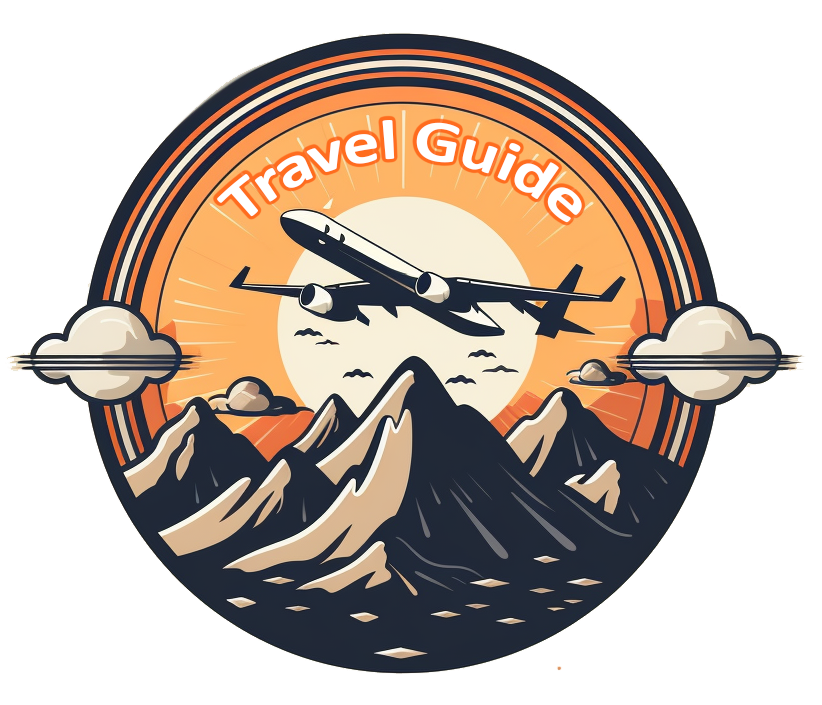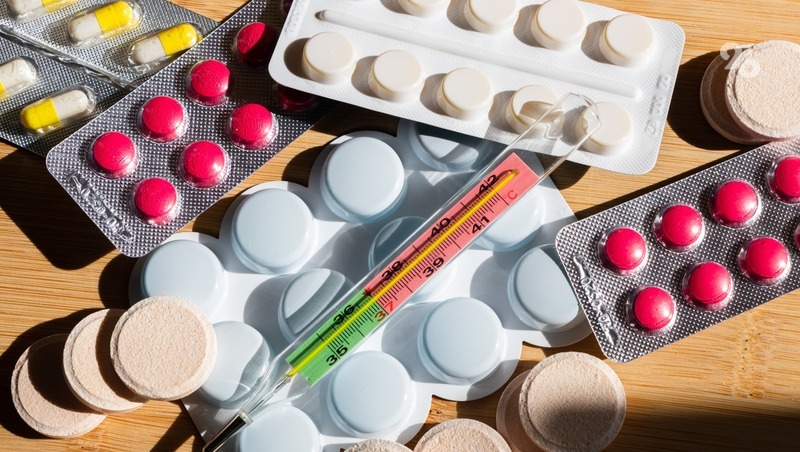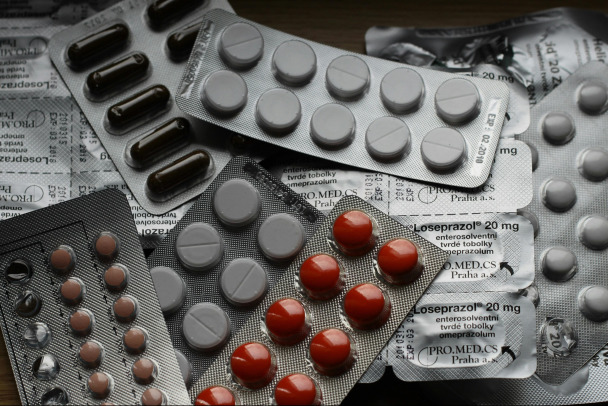Not every sports group has a person with a medical education. This material is intended for those who can only rely on themselves. This article is about what medical preparations to take on a hike, and in what cases and how to use them.
Hiking in the mountains is fraught with many risks, the first of which is health problems of the participant as a result of an accident or illness. The situation with providing medical care in the mountains for extreme tourism and mountaineering enthusiasts has changed several times in recent years (from buying the recently fashionable “full” medical insurance, which assumes a helicopter flight to help the insured participant, to the complete absence of medical care in the high-altitude zone). At the same time, the annual flow of athletes to the mountains does not decrease, but increases. And not every sports group has a person with a medical education. Therefore, those who are attracted by mountain peaks and passes are now so keenly interested in issues of providing first aid during hikes and ascents. Of course, a snowboarder or skier, just like a climber or a mountain tourist, can suddenly fall ill or get injured. But the peculiarities of organizing such a vacation still provide for the presence of a doctor either in a hotel or in the nearest settlement. Unlike a group of athletes climbing or hiking in deserted places. Therefore, this material is intended for those who can only rely on themselves.
In the huge amount of methodological literature devoted to the topic of first aid, one of the main reasons for its absence or incomplete provision is, first of all, the psychological unpreparedness of those around to quickly make a decision and take specific actions that can save the life of the victim in trouble. Recalling my personal experience, I will only say that I came to the mountains for the first time in my last year of medical school, and I encountered a real accident after having already worked as a surgeon for a couple of years, and having more than two dozen independent operations to my credit.
I remember the panic that took hold of me when I provided assistance in the light of flashlights to a climber who had broken his hip in the Alibek alpine camp, having run with a group of rescuers to him on the Dzhalovchatsky glacier late at night. There was no anesthesiologist, no surgical nurses, no colleagues nearby. I was lucky, like that guy, I was able to quickly anesthetize an open femur fracture and apply a splint of four hastily tied together ice axes, and everything ultimately went without complications. Since then, I have remembered this state of uncertainty well, and during classes on medical care in the mountains, I tried to highlight the most important things that, in my opinion, everyone who goes to the mountains should know. It should be noted that my method has proven itself: in 2001, at the Ullu-Tau alpine base, during an ascent to the top of Sarykol, a 40-year-old second-class athlete from Kazan was struck by lightning in a thunderstorm. The day before, his department had given me an exam in medicine to qualify for participation in a sports group. It turned out that the dose of Dexamethasone I gave after the class was successfully and quickly used as directed right on the ridge of Sarykol, which saved the climber’s life. When rescuers brought him back to camp 5 hours later, his clothes were charred and torn to shreds, and there was a gaping “entry mark” from lightning the size of my fist in his heel. At the same time, the victim was conscious, and even asked what was in the dining room for dinner.
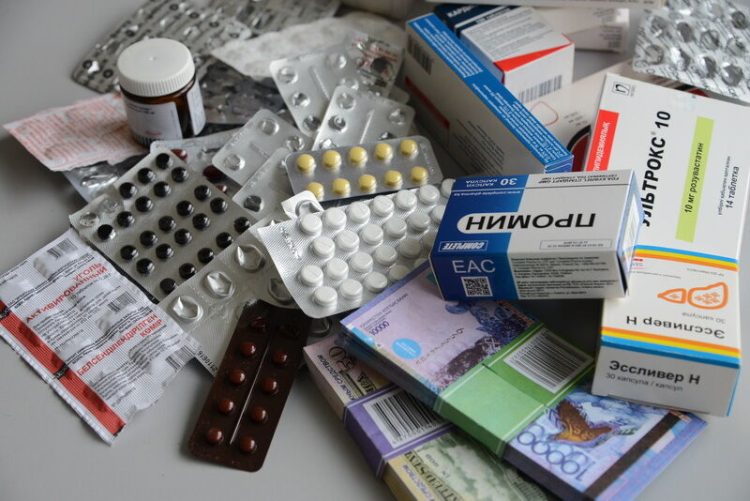
Dexamethasone (as well as dexone, hydrocortisone, etc.) is a corticosteroid – a drug of the adrenal cortex group, when administered one or two doses in the body stimulates the production of adrenaline, and is an excellent anti-shock agent. I consider it the main remedy for combating shock, which has proven itself in extreme situations. When should corticosteroids be used in extreme medicine? Indications will be all cases of severe shock, bleeding, cardiovascular failure, as well as freezing and hypothermia. How to determine that corticosteroids need to be used? In the case when the pulse rate is more than 100 beats per minute, and the pressure is less than 100 mm Hg, that is, the pulse on the victim’s wrist either will not be determined, or will be difficult to feel. In the case when the victim has received multiple fractures and injuries.
Administration of painkillers alone in severe and combined injuries will not help the heart function, and the pressure may drop significantly, which will lead to deterioration of the condition, and even death. In case of severe bleeding, both external and internal, one of the signs of which will be a similar increase in heart rate and a decrease in blood pressure. In case of lightning strikes, hypothermia and freezing. In this case, adrenal cortex hormones will act as a stimulator of cardiac activity, and will increase the victim’s chances of survival. Also, adrenal cortex hormones are administered in the development of pulmonary edema – severe heart failure, often encountered in high-altitude mountaineering. These drugs have no contraindications, talking about addiction to them in the case of the introduction of 1-2 doses makes no sense, and the effect of using these drugs is simply amazing!
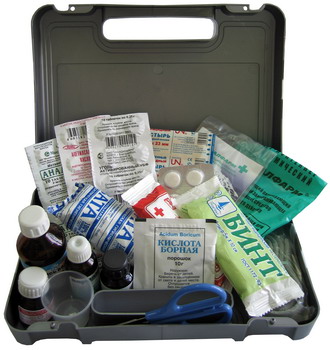
Diuretics in tablets – Ksipogamma – are also always in my emergency first aid kit. With any closed and open head injuries – concussion and contusion of the brain, fracture of the base of the skull, intracranial pressure is always increased. And increased pressure in a closed space, which is the cranium, is fraught with serious complications up to the death of the victim due to the wedging of the cerebellum into the posterior cranial fossa. Diuretics reduce intracranial pressure, and thereby reduce the risk of serious complications. How to determine the presence of a traumatic brain injury? A blow to the face or the entire head, accompanied by even a short-term loss of consciousness, nausea or vomiting, loss of orientation or memory (especially for events that preceded the injury), as well as loss of consciousness (coma) – all of the above most likely indicate the presence of a traumatic brain injury in the victim. In case of any traumatic brain injury, in addition to diuretics, I also recommend administering any sedative (calming) because during sleep the brain’s need for oxygen is sharply reduced, which means that the injury will have a less destructive effect on the fine structures of the brain, primarily on the areas associated with conscious activity. In my practice, there was a case when the role of a sedative (calming) drug was played by ordinary Diphenhydramine in a solution, which I had to administer fractionally (that is, at equal intervals) to an injured mountaineer from the Moscow region, who received a severe traumatic brain injury under the 5A category route to the top of Tyutyu-Bashi: a fracture of the base of the skull. The severity of the injury was then complicated by the almost complete detachment of the victim’s left cheek, which had to be “sewn” back into place during the “Paradise” overnight stays under local anesthesia. The victim was in an extremely excited state, tried to get out of the akya, swore and even tried to fight. And if it were not for the introduction of small doses of diphenhydramine every half hour, the rescue team would hardly have been able to drag him in the akya along the moraine of the glacier to the road to the Adyrsu gorge, where the bus was waiting for us. Therefore, I believe that it does not matter much which sedative to use, and since most drugs in this group are available only by prescription, you can use Diphenhydramine or Suprastin – anti-allergic drugs that have a good hypnotic and calming effect. We are talking, of course, about ampoules for injections.
And one more small addition – it is imperative to apply cold to the head of a victim with a head injury during transportation. Reducing the temperature of the head tissues protects the brain during injury and increases the chance of restoring brain structures after recovery. You can use hypothermic packs from car first aid kits, just apply them to your temples or to the place of impact to soften the effects of cranial trauma. If you don’t have any packs, a plastic bottle with water from a stream or snow placed in a plastic bag will do. With pulmonary edema (acute heart failure), blood stagnation occurs in the lungs, which manifests itself as bubbling, pink foamy sputum, and gurgling in the chest area. Pulmonary edema develops as a complication of acute pneumonia (inflammation of the lungs) or as a decrease in the contractile function of the left heart during high-altitude ascents. An example is the development of pulmonary edema during the ascent of Everest in 1982 by the team doctor Vyacheslav Onishchenko, who had to be urgently transported down from under the summit, accompanied by injections of cardiac medications. The introduction of diuretics and corticosteroids will help maintain cardiac activity and remove excess fluid from the lungs in such cases. It is also recommended to raise the head and upper body of the victim to make it easier for him to breathe, and apply tourniquets to the upper thighs to limit the blood flow to the heart.
Another remedy that is excellent for use in climbing or hiking conditions is Ketanov (ketorolac). An analgesic (painkiller) of the aspirin series, Ketanov is much stronger than analgin and paracetamol recommended by Kropf, it relieves any severe pain well, including from multiple fractures in severe combined trauma. The answer to the frequently asked question – whether to administer painkillers to a victim who is currently unconscious – is unambiguous – it is necessary to administer them, since, being without signs of consciousness, the victim also experiences pain, he simply cannot express it. It is precisely severe pain that can lead to the development of pain shock, which was the cause of death of a third-class climber who fell on a snow slope while climbing to the top of Via-Tau in 1995, when I worked as a doctor at the Shkhelda alpine base. Exactly the same hip fracture as my first victim in 1982 in Alibek, here became the cause of death only because the group of climbers in which the accident occurred, there were no painkillers in the first aid kit. I will also say that the analgin solution has an oil base, and the injection is absorbed much longer than with the introduction of Ketanov.
Another medicine that I always take with me to the mountains is Baralgin. This drug has good painkilling properties, and at the same time works as an antispasmodic – a drug that relieves spasms in various “colics” – renal, hepatic, gastric. Adding Baralgin to Ketanov when relieving pain from any fracture enhances and prolongs the effect of both drugs. Baralgin can be used alone in the same way as No-shpa in case of diseases of the gastrointestinal tract, severe headaches and high blood pressure during acclimatization. As a rule, I take both Baralgin and No-shpa in ampoules (for emergency care) and in tablets (for the treatment of diseases).
It is advisable to have antibiotics with you, first of all, because their antimicrobial effect is much stronger than that of other anti-inflammatory drugs. Of the antibiotics, I prefer Bioparox – a universal aerosol antibiotic of a wide spectrum of action, which easily relieves inflammation in the respiratory tract during bronchitis, tracheitis, as well as tonsillitis and sinusitis. Sumomed – a new generation antibiotic, I use only if the disease occurs with a high temperature (above 38) and is accompanied by severe intoxication (sweating, chills, nausea). Sumomed can be used both for inflammation of the gastrointestinal tract (not to be confused with poisoning!), and for lung diseases, in particular, pneumonia. The Sumomed package contains only 3 tablets, each of which should be taken once a day, preferably at the same time. The drug Sumomed does not require the simultaneous use of drugs that affect the intestinal microflora, since it does not cause dysbacteriosis. Simply put, you will avoid diarrhea (diarrhea) that accompanies the use of strong antibiotics without taking special drugs.
Imodium and Bacteriophage in an emergency first aid kit are used to eliminate food poisoning and diarrhea. Many people think that these are the same thing, but this is not true: diarrhea is a symptom of poisoning or some other problem in the gastrointestinal tract. In case of poisoning (ingress of poison into the body), there are also other symptoms, such as nausea and vomiting, but they pass due to elimination of the cause of the disease. Imodium is able to stop even the most intense diarrhea very quickly (within a few hours), but Bacteriophage will not only affect the symptom of poisoning, but also destroy the poison or pathogenic microorganisms in the intestines. Together with these, Bacteriophage acts more slowly, so the presence of both of these products in an emergency first aid kit is essential.
A set of dressings (bandages and adhesive plaster), as well as Iodine and a solution of Brilliant green (brilliant green), sorbents in the form of activated carbon (if necessary, taking at least 5 tablets of which will be effective!) or Smecta packets (small, but no less effective!), Traflu or Coldrex powders for colds (which are nothing more than a mixture of paracetamol, ascorbic acid and filler), Mezim or Festal tablets (in case of personal preferences for local delicacies in the form of lamb kebabs and khichins) will complement a certain universal set of medicines that makes sense to take with you to the mountains.
More about dressings – there is never too much of it. You need to have at least three sterile packages of bandages and at least one package of sterile gauze napkins. Separately, I would like to say about antioxidants, preparations that improve metabolism in high-altitude conditions and contribute to greater endurance on the route. One of such means is ascorbic acid, which stimulates metabolic processes in the body and provides a surge of strength during prolonged exercise even for a very tired person. The second effective antioxidant, I rightfully consider Riboxin, a drug that increases cardiac output (by the way, it is related to light doping), and significantly increases endurance during heavy loads at altitude. The alcohol tinctures of Peony, Rhodiola rosea, Eleutherococcus, Golden root, which are often mentioned on forums, have never delighted me, firstly, because of the alcohol component, and secondly, because of significant side effects in the form of increased excitability and increased blood pressure. In addition, they increase the weight and volume of the first aid kit.
Many will be surprised when I say that I have listed the main means of extreme medical care. Meanwhile, this is exactly how it is. In the mountains, you can only die from certain injuries and their complications, so a small set of medications, used wisely and according to indications, will help save your life and that of your comrades in any non-standard situation in the mountains.
Source: travelworld.biz
